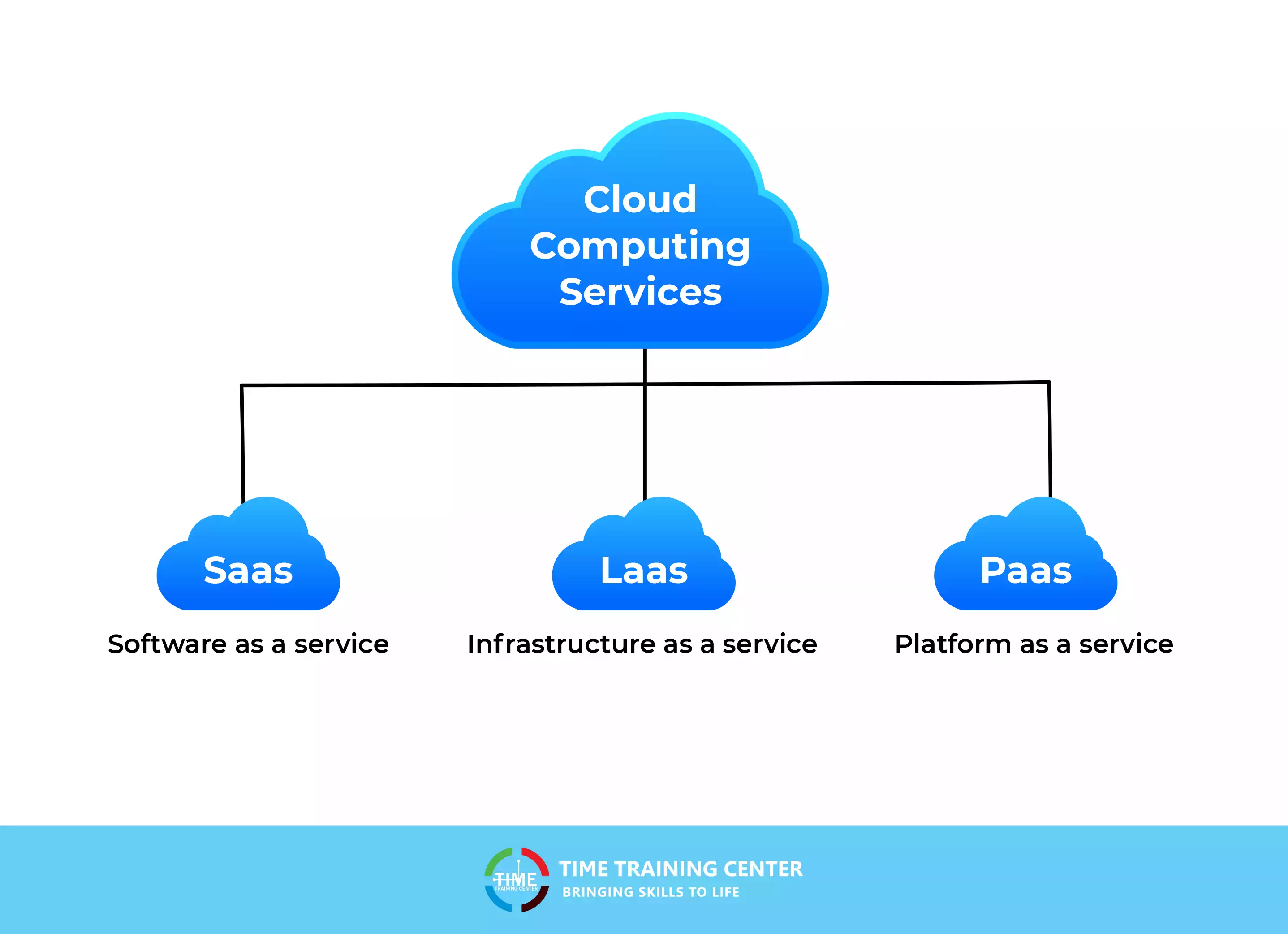Simplify Your Facilities With Cloud Solutions
As organizations browse the ever-evolving landscape of innovation and data management, the role of cloud services in simplifying framework has actually become increasingly prominent. The allure of structured procedures, enhanced effectiveness, and boosted source allowance through cloud services is undeniable. The journey in the direction of a much more agile and cost-effective IT framework entails even more than simply moving to the cloud. It requires a strategic strategy and a deep understanding of the nuances of cloud fostering. So, exactly how can businesses properly navigate this change and really unlock the potential of cloud solutions for streamlining their facilities?
Advantages of Cloud Provider
Cloud services provide a streamlined method to managing IT facilities, offering companies with versatility, scalability, and cost-efficiency. One of the vital benefits of cloud services is the scalability they supply.
In addition, cloud solutions get rid of the demand for businesses to buy pricey software and hardware. This cost-efficiency is a substantial advantage, especially for tiny to medium-sized enterprises wanting to minimize ahead of time expenses. By utilizing cloud solutions, businesses can access top quality IT resources without the significant cost related to typical facilities arrangements.
In addition, cloud services give services with the flexibility to access their data and applications from anywhere with an internet link. This level of availability boosts collaboration among groups, enables remote work, and boosts overall efficiency. The versatility supplied by cloud solutions empowers organizations to adapt rapidly to altering market problems and customer demands.
Expense Cost Savings and Scalability
Along with the functional advantages highlighted previously, the integration of cloud solutions into a company's facilities brings forth substantial price savings and boosted scalability. Cloud solutions provide a pay-as-you-go design, permitting businesses to range resources up or down based on current needs, consequently preventing the prices related to maintaining excess capacity. This versatility allows business to adapt rapidly to varying demands without incurring unnecessary expenditures.
Additionally, cloud services remove the need for in advance financial investments in software and hardware, lowering capital investment. General expenses are likewise minimized as firms no more require to handle and maintain physical servers, bring about reduced energy usage and IT staffing expenses. In addition, cloud solutions give automated updates and maintenance, ensuring that the infrastructure remains current and safe without needing manual treatments.
Enhanced Safety And Security Steps
Implementing rigid protection procedures is critical when incorporating cloud services right into a business's infrastructure to guard sensitive information and guarantee compliance with sector policies. Cloud service carriers provide improved protection functions such as information encryption, firewall software protection, and multi-factor authentication to alleviate cybersecurity risks. File encryption assists safeguard information both at remainder and en route, ensuring that just licensed customers can access delicate details. Firewall programs function as an obstacle between external risks and interior networks, surveillance and controlling incoming and outbound network website traffic. Multi-factor authentication adds an additional layer of security by needing individuals to supply numerous forms of verification before accessing the cloud services.
In addition, normal safety audits and compliance evaluations assist make certain and recognize vulnerabilities adherence to sector requirements. Business can likewise take advantage of functions like automated protection updates and real-time threat surveillance supplied by cloud service suppliers. By prioritizing protection actions and staying aggressive in resolving potential threats, companies can with confidence leverage cloud solutions while protecting their useful data from unapproved gain access to or breaches.
Transitioning to Cloud Facilities
To effectively incorporate cloud services right into a firm's infrastructure, a structured technique that deals with the shift in the direction of cloud-based remedies is critical. Transitioning to cloud facilities includes cautious planning and implementation to make certain a smooth movement procedure - linkdaddy cloud services.
Once the evaluation is total, a migration technique need to be developed. This technique ought to describe the timeline, resources, and obligations for relocating each part to the helpful resources cloud. It is essential to communicate this strategy plainly to all stakeholders to guarantee placement and lessen interruptions throughout the shift.
During the movement tracking, testing and process are crucial to identify and deal with any type of issues promptly. Normal checkpoints must be developed to track progression and make needed modifications. Additionally, training for employees on making use of cloud solutions should be given to ensure a successful change and maximize the advantages of the new infrastructure.
Best Practices for Cloud Fostering
Successful fostering of cloud services hinges on the critical alignment of organization purposes with technological capabilities and organizational preparedness. To ensure a smooth transition to the cloud, companies should start by performing a thorough evaluation of their present facilities and identifying which workloads are best matched for cloud migration. It is essential to involve essential stakeholders from various departments in the decision-making procedure to acquire buy-in and resolve any worries beforehand.
An additional best method for cloud fostering is to prioritize protection and compliance. Organizations has to carefully examine the protection procedures offered by cloud company and ensure that their information is protected according to industry requirements and regulative needs. Executing durable information security, gain access to controls, and normal safety and security audits can assist alleviate threats associated with cloud fostering.

Final Thought

As companies navigate the ever-evolving landscape of technology and information administration, the role of cloud solutions in simplifying facilities has actually come to be increasingly popular - linkdaddy cloud services. Exactly how can organizations effectively navigate this shift and absolutely unlock the capacity of cloud solutions for simplifying their framework?
Cloud solutions offer a streamlined method to handling IT infrastructure, offering services with cost-efficiency, scalability, and adaptability. By making use of cloud solutions, companies can access high-grade IT sources without the substantial rate tag associated with typical framework arrangements.
To make certain a smooth change to the cloud, organizations need to begin by performing a detailed evaluation of their existing infrastructure and identifying which work are best matched for cloud movement.